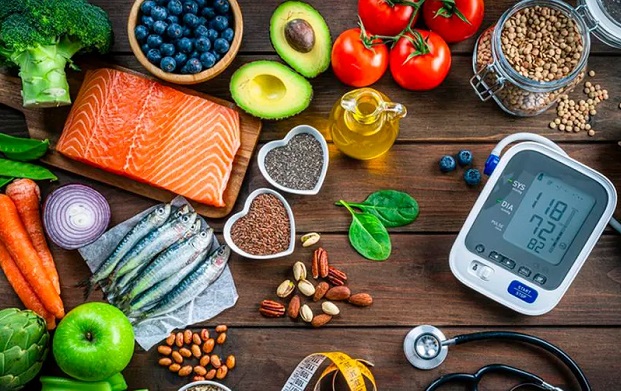High blood pressure (HBP), or hypertension, is often referred to as the “silent killer” because it typically has no noticeable symptoms. But if left untreated, it can lead to serious health issues like heart disease, stroke, and kidney damage.
According to a study, over a billion adults have hypertension with prevalence among adults in low and middle-income countries.
While medication is a common treatment, dietary choices also play a significant role in lowering blood pressure.
Several studies have proven that adding certain foods to your daily meals can help reduce hypertension naturally.
Without further ado, here are foods to incorporate into your diet to help lower blood pressure.
- Oats

Oats are rich in beta-glucan, a type of soluble fiber that has been linked to lower blood pressure levels.
Beta-glucan works by reducing cholesterol levels, which in turn helps to lower blood pressure.
A study on hypertensive rats found that beta-glucan and avenanthramide C present in oats reduce the levels of malondialdehyde, a marker of oxidative stress in the rats.
This suggests that the fiber in oats can help prevent high blood pressure and reduce the risk of cardiovascular diseases.
So, adding a bowl of oatmeal to your diet is a healthy way of managing blood pressure. You can also add fruits, nuts, or seeds to enhance the taste and health benefits.
- Potatoes
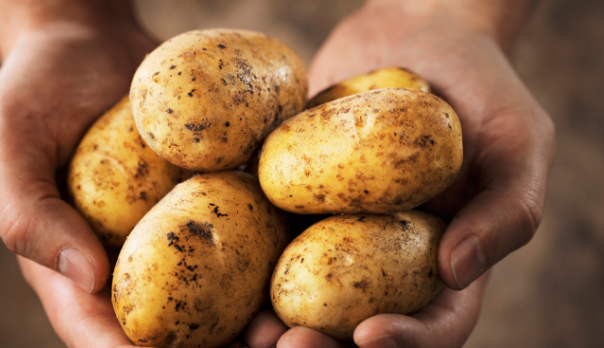
Potatoes are filled with several plant-based compounds, making them an excellent addition to a blood pressure-lowering diet.
Potatoes are rich in potassium, which helps counteract the effects of sodium in the body and aids in the regulation of blood pressure.
They also contain magnesium, another mineral that contributes to healthy blood pressure levels by promoting the relaxation of blood vessels.
A 2021 study involving 30 adults with HBP found that a diet with potatoes, particularly boiled and baked, helped reduce systolic blood pressure significantly.
When trying to add potatoes to your diet, avoid fried potatoes. Opt for boiled or baked potatoes to maximise their benefits.
- Beets

Beets are rich in dietary nitrates, which the body converts into nitric oxide.
Nitric oxide relaxes and dilates blood vessels, which improves blood flow and reduces blood pressure.
Studies have shown that drinking beet juice or adding beets to your meals can lead to a significant reduction in blood pressure, especially in those with hypertension.
To add beets to your diet, you can roast them, blend them into smoothies, or enjoy them in salads.
- Eggs
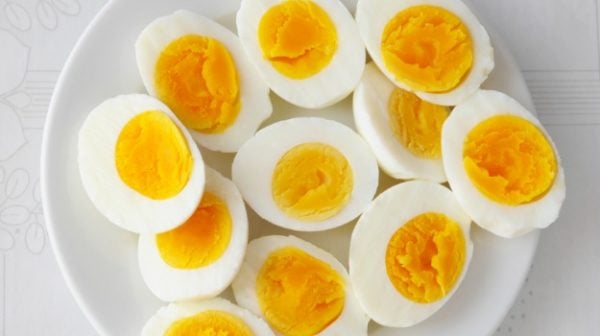
Eggs can be a valuable part of a blood pressure-lowering diet as they are filled with high-quality protein and nutrients.
The proteins in eggs have been shown to have antihypertensive effects by acting as natural inhibitors of angiotensin-converting enzyme (ACE), which is involved in blood pressure regulation.
A 2023 study also found that eating five eggs or more per week can help reduce systolic blood pressure levels.
- Leafy greens
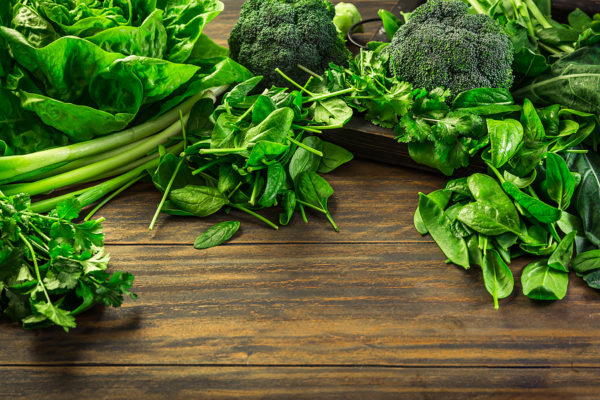
Leafy greens like spinach and kale are rich in potassium. Potassium is a mineral that helps balance the sodium levels in your body.
Sodium is a major contributor to high blood pressure, and by increasing potassium intake, the body can better eliminate sodium through urine.
This process helps reduce tension in the blood vessels, leading to lower blood pressure.
Including a variety of leafy greens in your diet, whether in salads, smoothies, or as side dishes, can be a natural way to manage hypertension.
- Berries
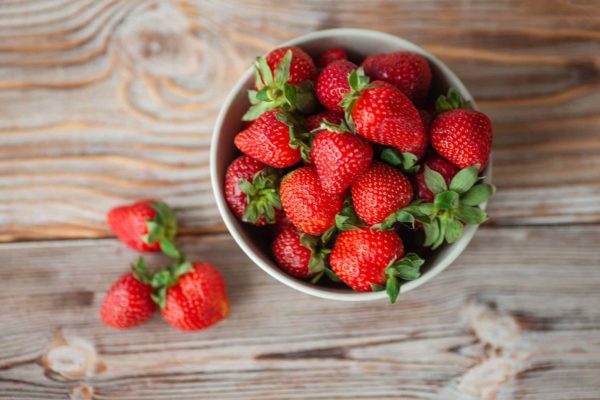
Berries like blueberries, strawberries, and cranberries are loaded with antioxidants including flavonoids and anthocyanins.
Anthocyanins have been said to increase nitric oxide levels in the blood and reduce the production of molecules that restrict blood flow.
This may help lower blood pressure levels.
A study on various types of berries, including whole, freeze-dried, or juice forms, also found that they can help reduce systolic blood pressure by over 3 mm Hg.
Incorporating berries into your diet is quite easy. Because they make for a great snack, topping for yogurt or oatmeal.
- Nuts and seeds
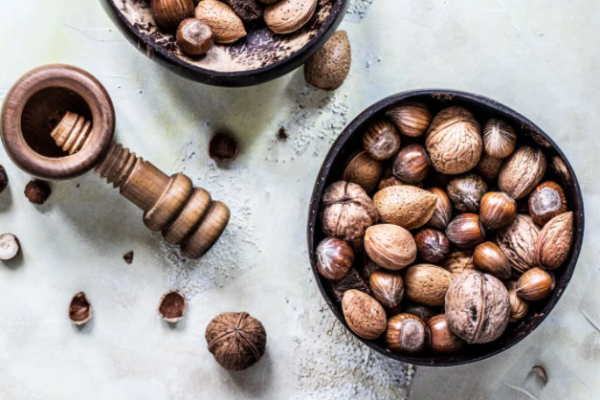
Nuts and seeds have been shown to have a beneficial effect on blood pressure.
These nuts and seeds include flaxseed, chia seeds, walnuts and almonds.
They offer a concentrated source of nutrients important for blood pressure control, including fiber and arginine.
Arginine is an amino acid that produces nitric oxide, an essential compound for blood vessel relaxation and blood pressure reduction.
- Yogurt
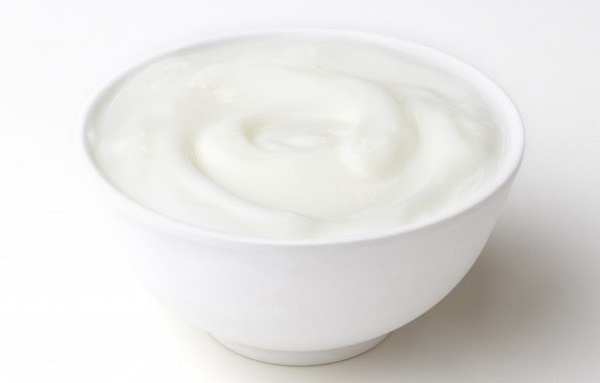
Yogurt is a great source of calcium and potassium and also contains probiotics that support overall cardiovascular health.
A review found that consuming three servings of dairy per day can help lower blood pressure by 13%.
A 200-gram increase in one’s diet per day is linked to a 5% reduction in risk for high blood pressure.
However, be sure to choose plain, unsweetened varieties to avoid excess sugar. Making these dietary changes helps you take a proactive approach to your health.
Potentially reducing the need for medication and decreasing the risk of serious health complications.
However, always consult your healthcare professionals before making significant changes to your diet or treatment plan.
Copyright 2025 TheCable. All rights reserved. This material, and other digital content on this website, may not be reproduced, published, broadcast, rewritten or redistributed in whole or in part without prior express written permission from TheCable.
Follow us on twitter @Thecablestyle

